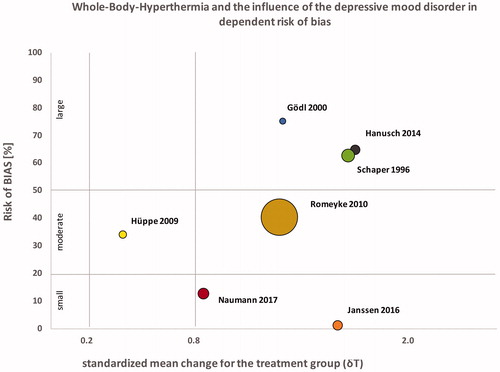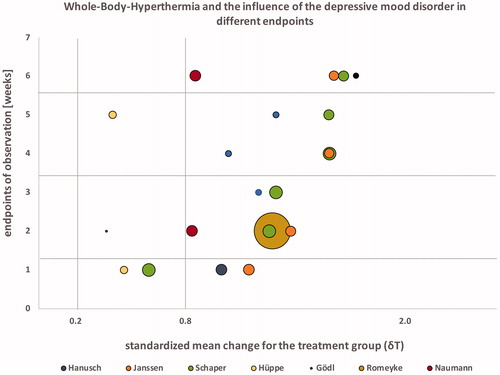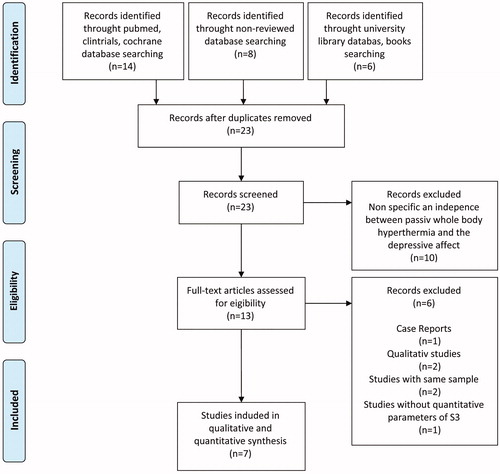Figures & data
Table 1. Overview of all studies included.
Table 2. Risk of bias analysis for controlled studies.
Table 3. Risk of bias analysis for non-controlled studies.
Table 4. Pre-post treatment effect sizes (Cohen’s d) with 95% confidence intervals, effect sizes >0.80 were considered large, 0.50–0.80 moderate and 0.20–0.50 small.




